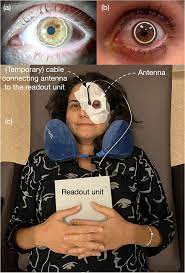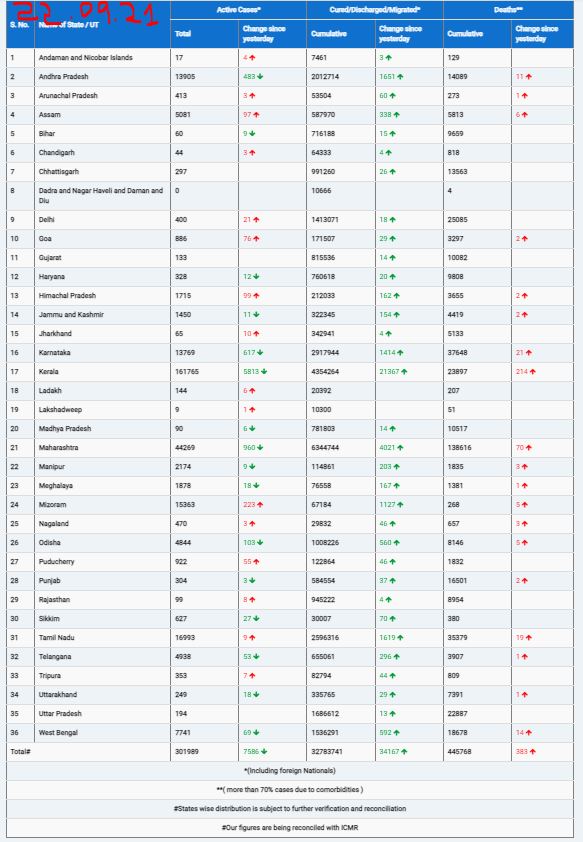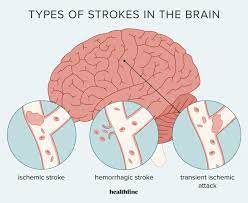
Collaboration between UK and Turkish Academics Spurs Breakthrough in Eye Health Technology
Researchers from the UK and Turkey have joined forces to develop a groundbreaking contact lens embedded with micro-sensors capable of detecting changes in eye pressure, a crucial indicator of potential glaucoma. The collaborative team, led by Professor Hamdi Torun from Northumbria University and Professors Günhan Dündar and Arda D. Yalçınkaya from Boğaziçi University in Istanbul, recently conducted a first-in-human pilot study with promising results.
Published in Contact Lens and Anterior Eye, the study outlines a novel approach to continuously monitoring intraocular pressure (IOP) over an extended period. The collected data is transmitted wirelessly, providing ophthalmologists with crucial insights for accurate glaucoma diagnosis. Unlike traditional methods that rely on single-day clinic visits and may miss natural IOP variations, the contact lenses allow for continuous monitoring, offering a more precise and convenient diagnostic tool.
Professor Torun explained the importance of monitoring IOP fluctuations, stating, “Intra-ocular pressure, or IOP, can vary greatly over a 24-hour period, so it is important to monitor the patient either at intervals or ideally continuously for a whole day to get the best insight into the health of their eyes.”
The success of the pilot study has paved the way for a larger-scale investigation set to take place over the next year. Upon successful trials, the contact lenses will be made commercially available through the researchers’ spin-off company, GlakoLens.
The GlakoLens lenses boast several advantages over traditional glaucoma examinations. Patients can wear the contact lenses throughout their daily activities, allowing for continuous IOP measurements and providing a more accurate diagnosis. Unlike previous attempts that used electrically active silicon chips, GlakoLens utilizes an electrically passive sensor embedded in a disposable soft contact lens. This design ensures greater comfort, flexibility, and improved vision for wearers.
Apart from revolutionizing glaucoma diagnosis, the technology shows promise in detecting other health conditions by measuring molecules such as glucose and lactic acid in the eye. Professor Torun envisions broader applications, stating, “We believe this technology has huge potential and could not only save the sight of patients in the early stages of glaucoma but also provide early diagnosis of other diseases in the future.”
As this groundbreaking research progresses, the collaborative efforts of UK and Turkish academics may usher in a new era of accessible and efficient eye health monitoring, potentially transforming early disease detection across various medical domains.
Reference: Ozgur Kaya et al, A first-in-human pilot study of a novel electrically-passive metamaterial-inspired resonator-based ocular sensor embedded contact lens monitoring intraocular pressure fluctuations, Contact Lens and Anterior Eye (2023). DOI: 10.1016/j.clae.2023.102102











